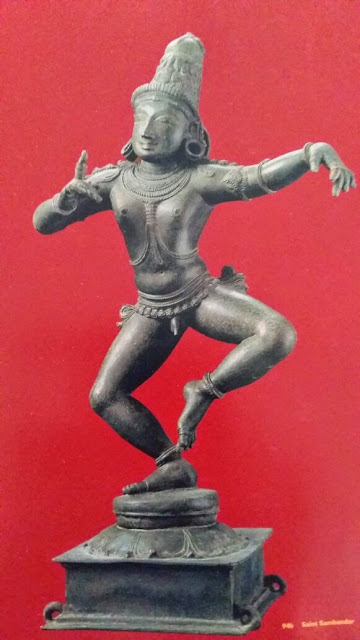Pala Dynasty, 10th Century AD
While Lord Shiva is often portrayed as "Natraj", the Lord of dancing, His son, Lord Ganesh is no less a dancer. While Shiva dances in anger, Ganesh dances with a sense of joy.
He symbolises the universe in motion, full of energy, in rhythm, ever changing and ever lasting. Here even Ganesh ' s vehicle, the mouse, is keeping in step with his master. The mouse is the symbol of a sharp and inquisitive mind. Like the mouse, the mind searches the mysteries of the universe. It goes deep into a subject. It rejoices in discoveries.





.jpg)






.jpg)



.jpg)
.jpg)
